Cape Buffalo
on Oct 10, 2023
Name: Buffalo
Scientific Name: Syncerus caffer
Weight: 425kg - 870kg
Height: 135cm - 170cm
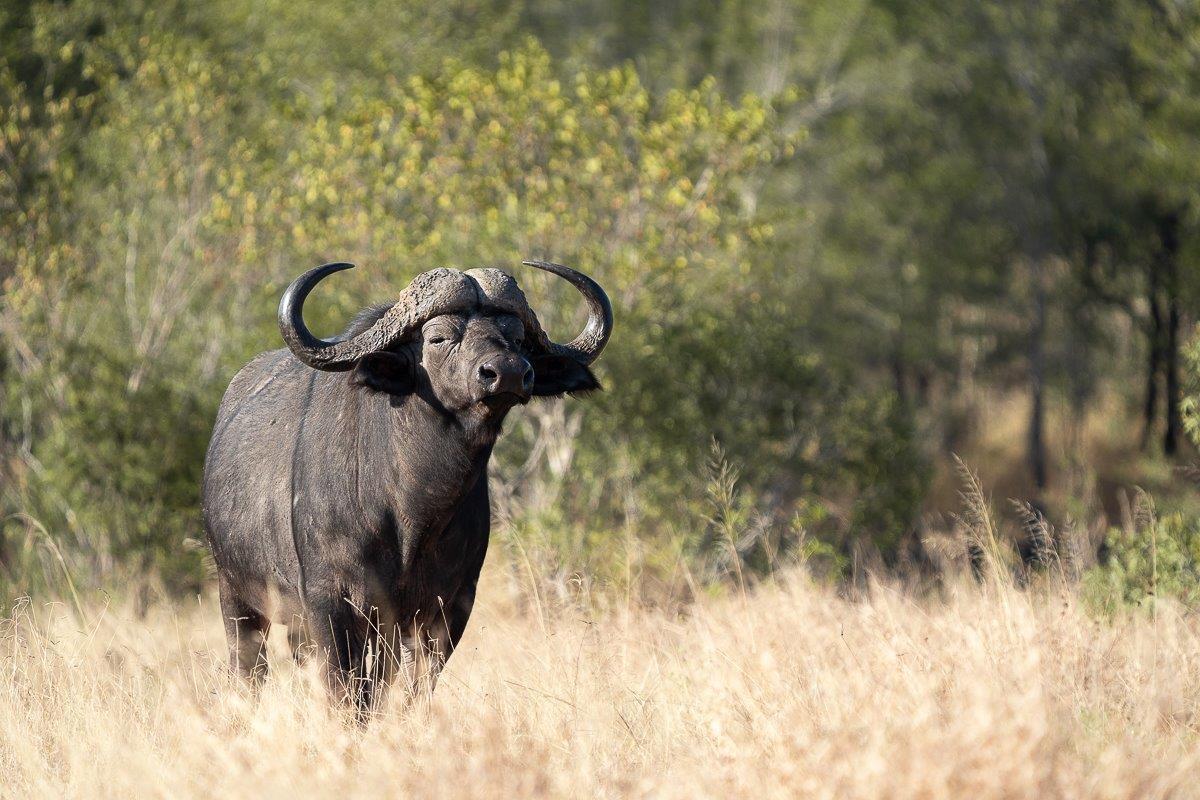
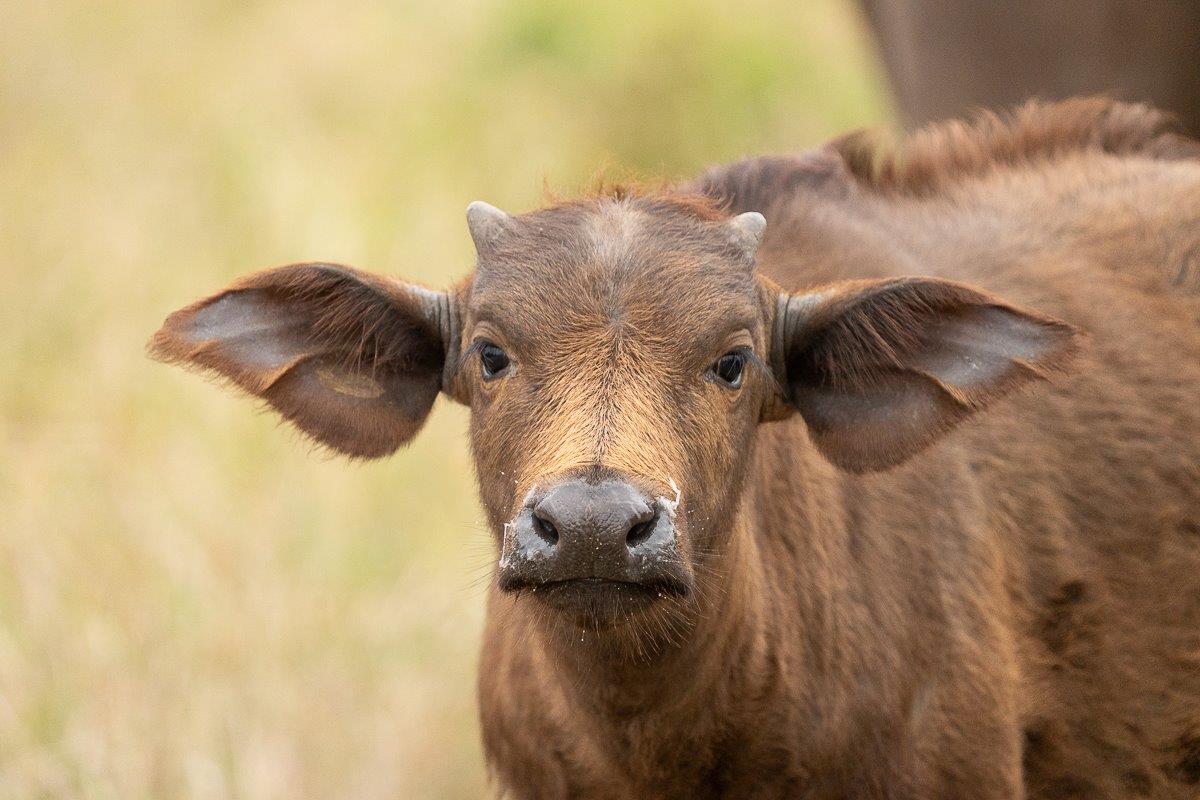
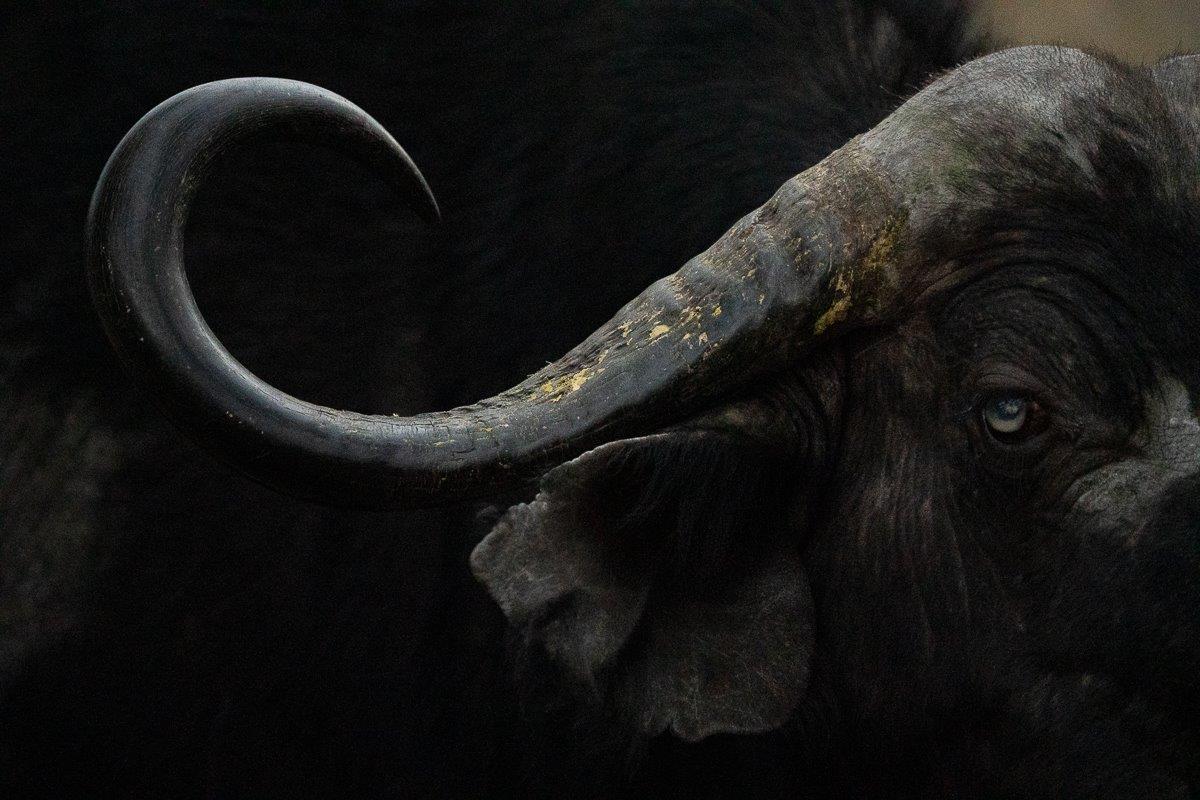
The Cape Buffalo is the only wild bovid species found south of the Sahara Desert. It has capitalised and is found over an incredibly large range with varying densities based on food and water availability. The buffalo can subsist on grasses too tall and course for most other ruminants and is what we would consider a bulk grazer, although it is not well suited to young tender shoots which typically attract the more selective grazers such as wildebeest, warthog and zebra.
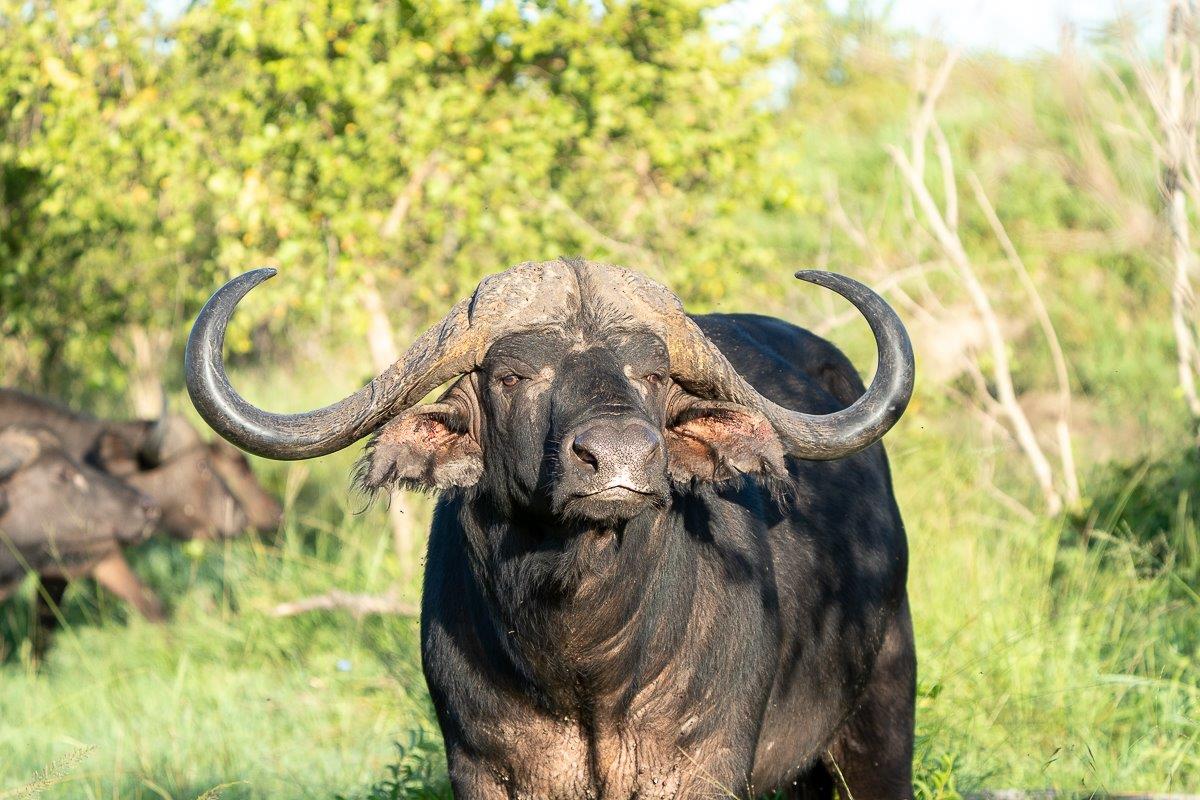
Here at Sabi Sabi, we have a seasonal abundance of resources which attracts enormous herds consisting upwards of a thousand individuals. The dry winter period causes these large herds to split up and herds numbering 50-300 individuals are more common. The unique preference for tall pasture means that buffalo play a pioneering role in the savanna grazing succession, reducing grassland to the height preferred by more selective feeders.
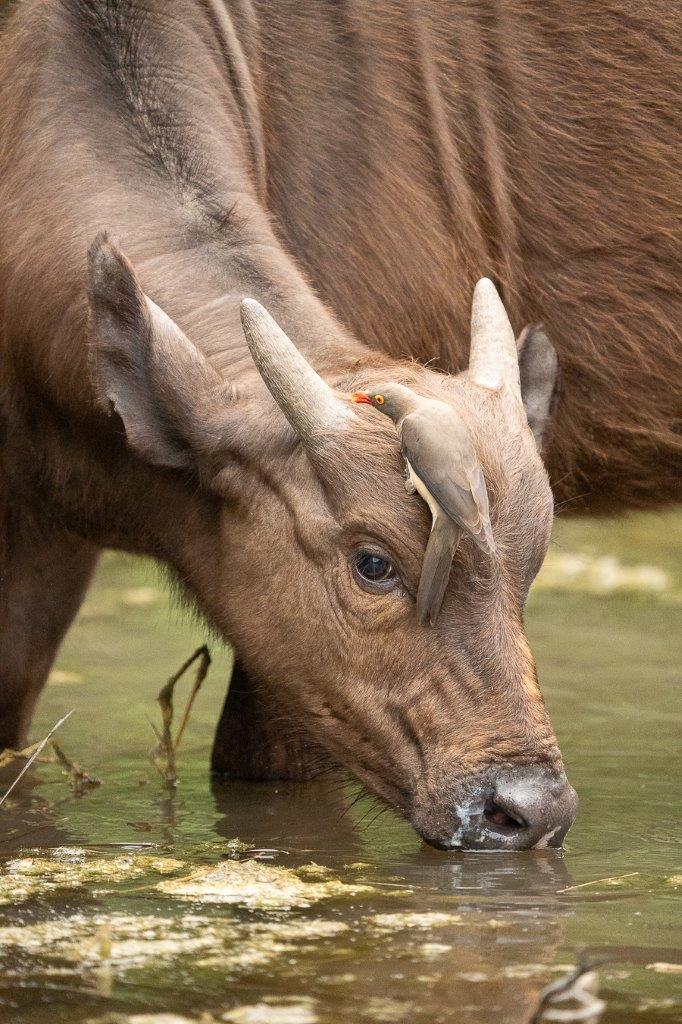
A highly mobile nature means that these animals rarely hang around trampled areas with depleted pasture and cause a series of knock-on effects once they have moved onwards. The volume of photosynthetic energy consumed and transported by these large herds, which is then subsequently converted to a waste product in the form of sloppy dung, attracts many invertebrates such as dung beetles and termites which perform the vital function of cycling these nutrients and making them accessible to new plants and grasses.
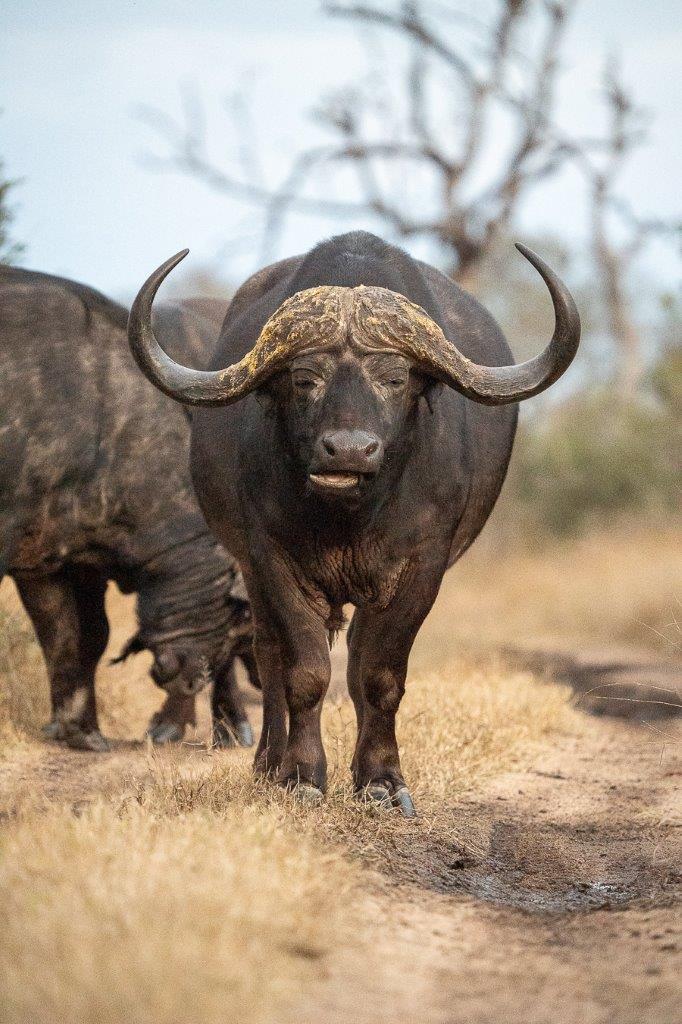
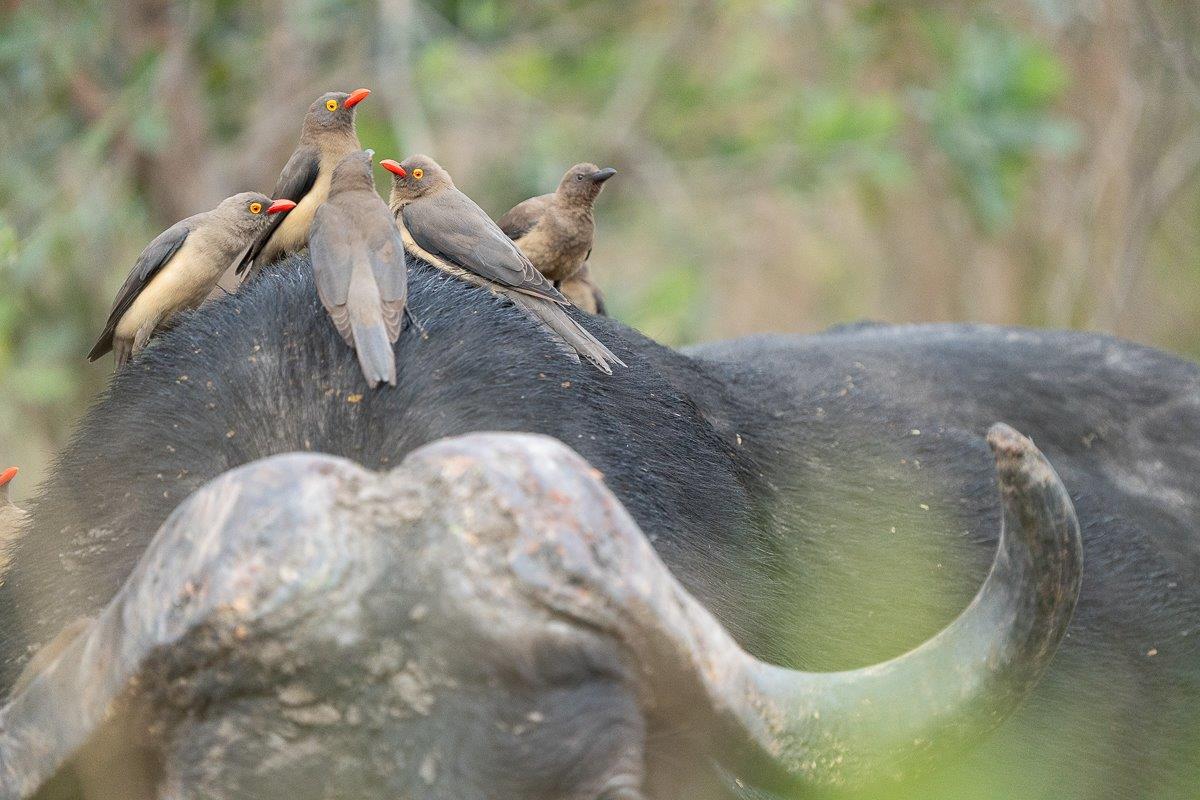
This animal is often overlooked by first time safari goers. All that is needed are a few grizzling stories from our rangers highlighting their cranky temperament and grumpy disposition and these perceptions of a lazy cow soon turn into a healthy respect for the animal which embodies the wild and unpredictable spirit of the African continent.
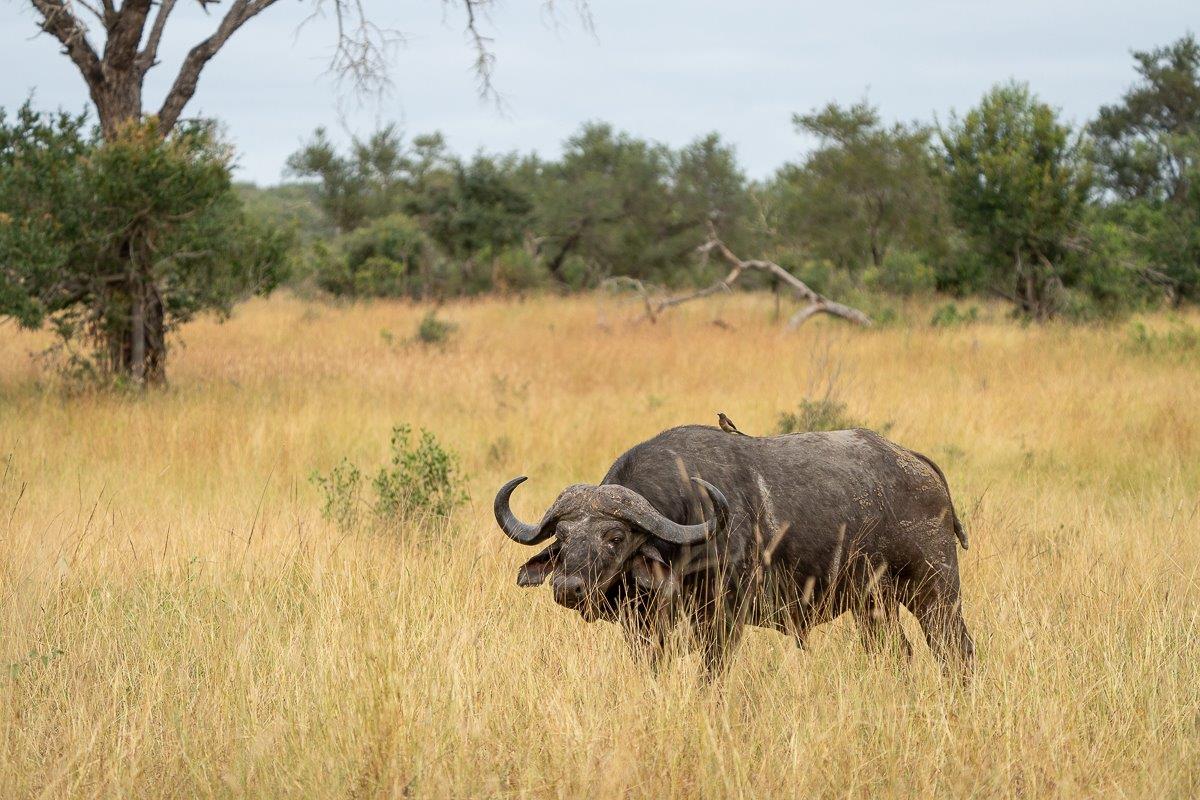
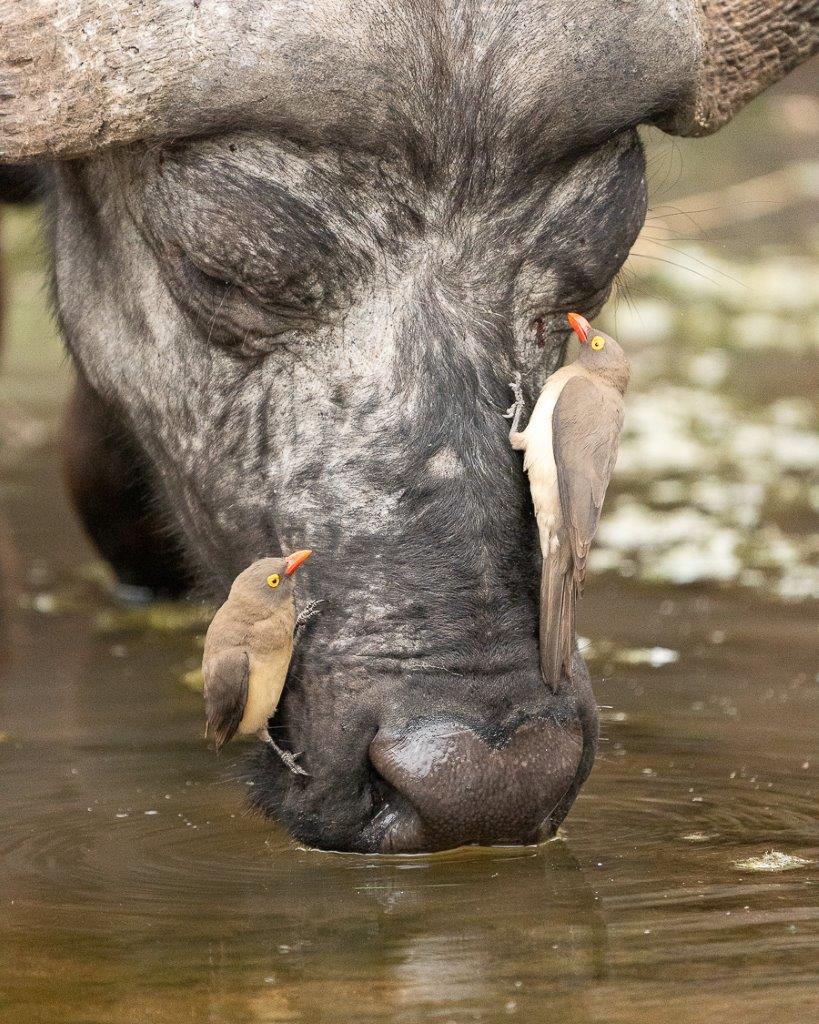
Weighing in at four times that of an adult male lion, there are not many situations where the buffalo is identified as an easy target. The young and sick are readily protected when moving with the herd as defensive positions are quickly deployed when danger is sensed nearby. A mobbing technique is extremely successful when predators are identified as the threat and there are many reports of lions losing their lives when caught in the middle of a herd. The solitary nature that is more commonly observed in old bulls is not an open invitation given their wealth of experience and highly aggressive nature but at times these old bulls can be riddled with disease or infection which weaken their defences.
Blog by Macs Toich (Bush Lodge Ranger)







